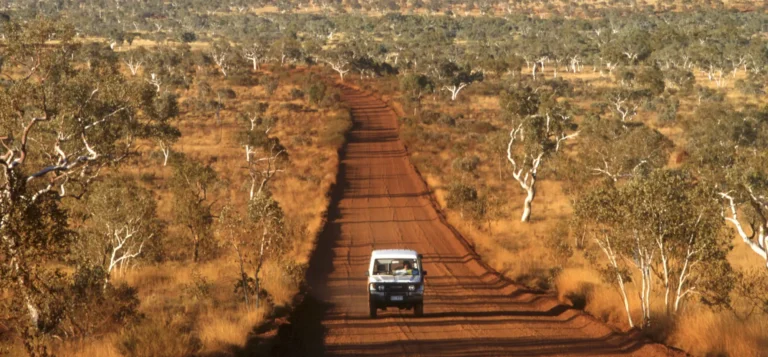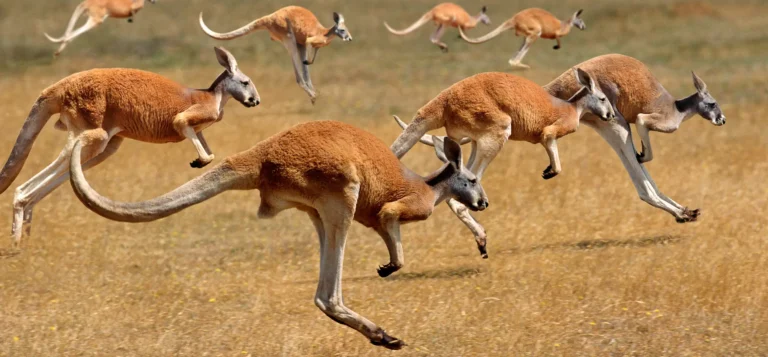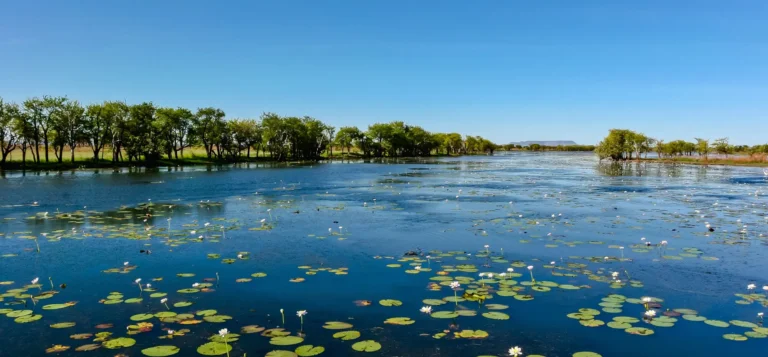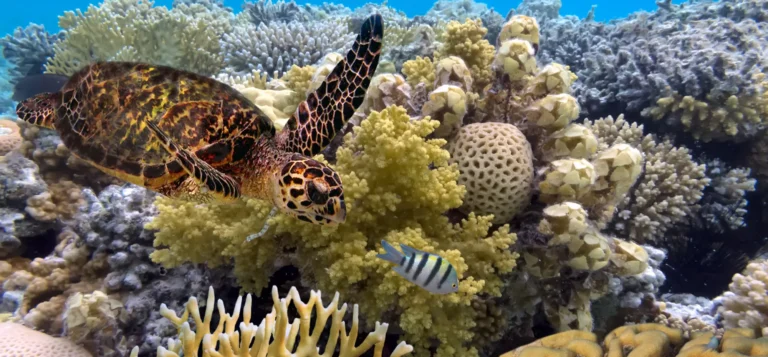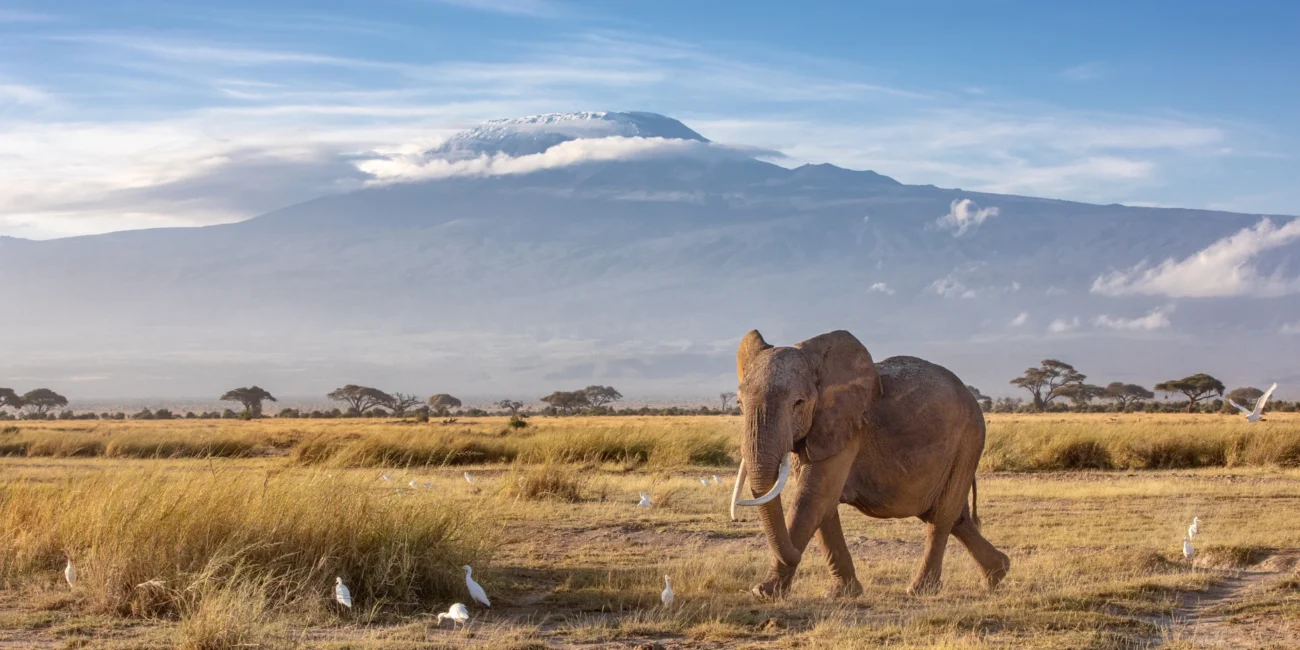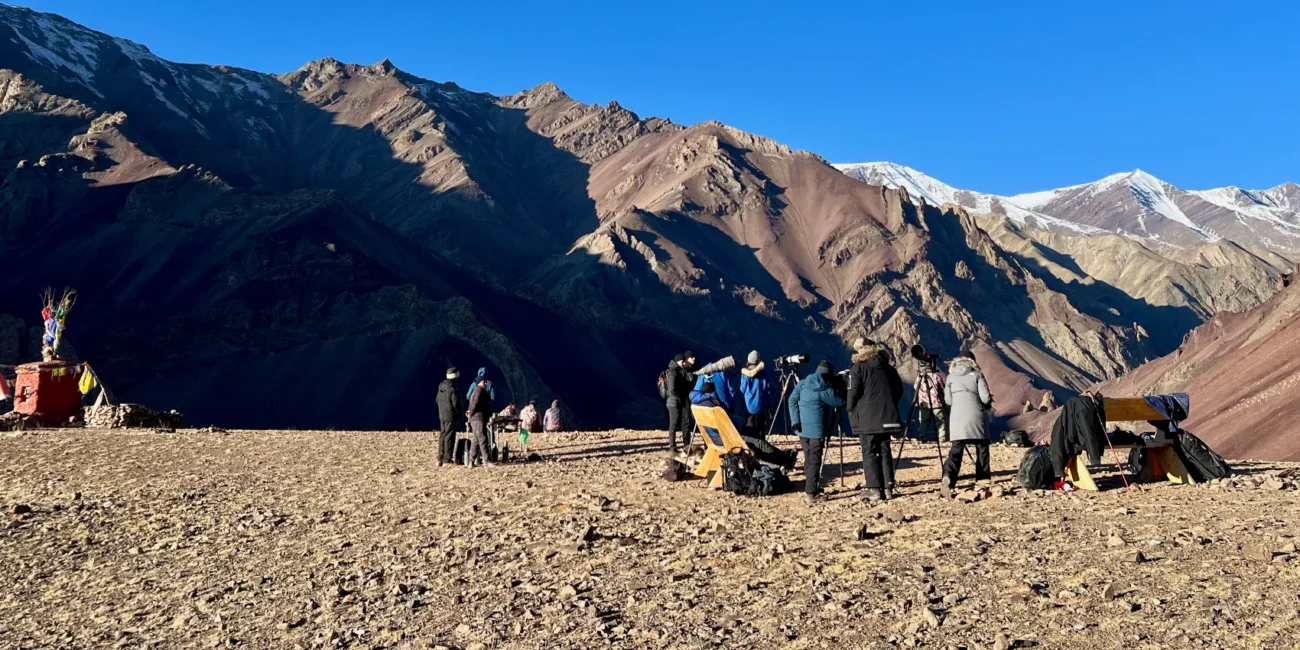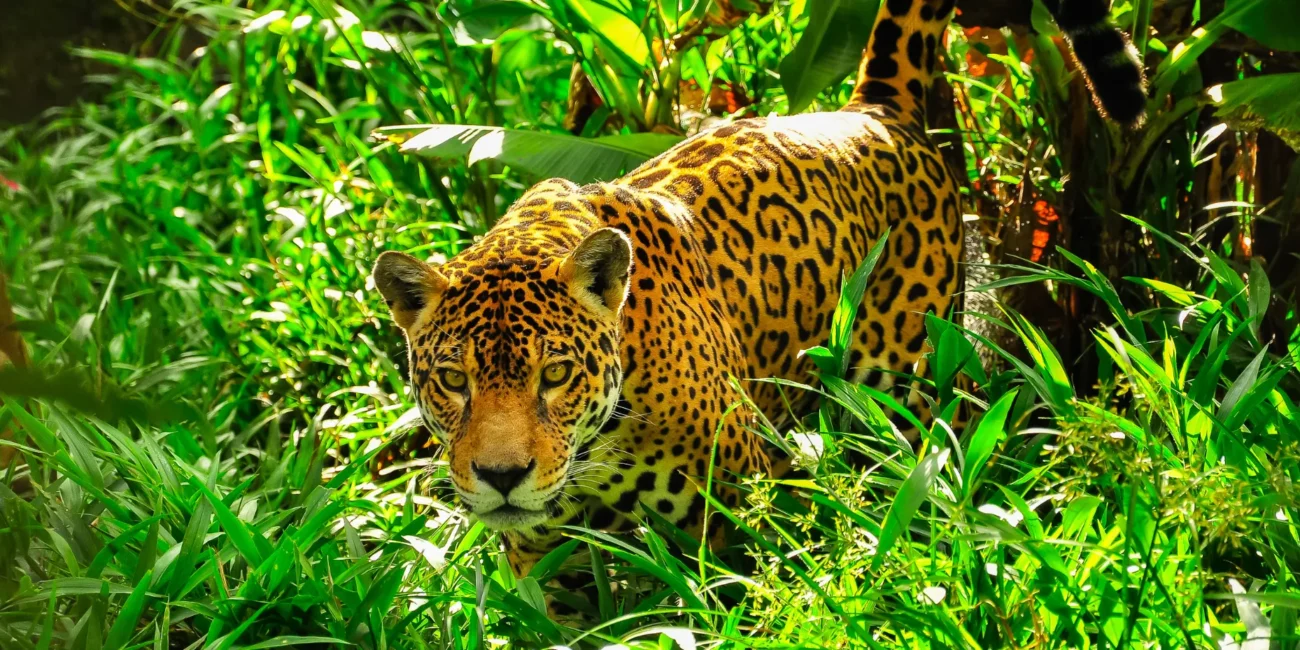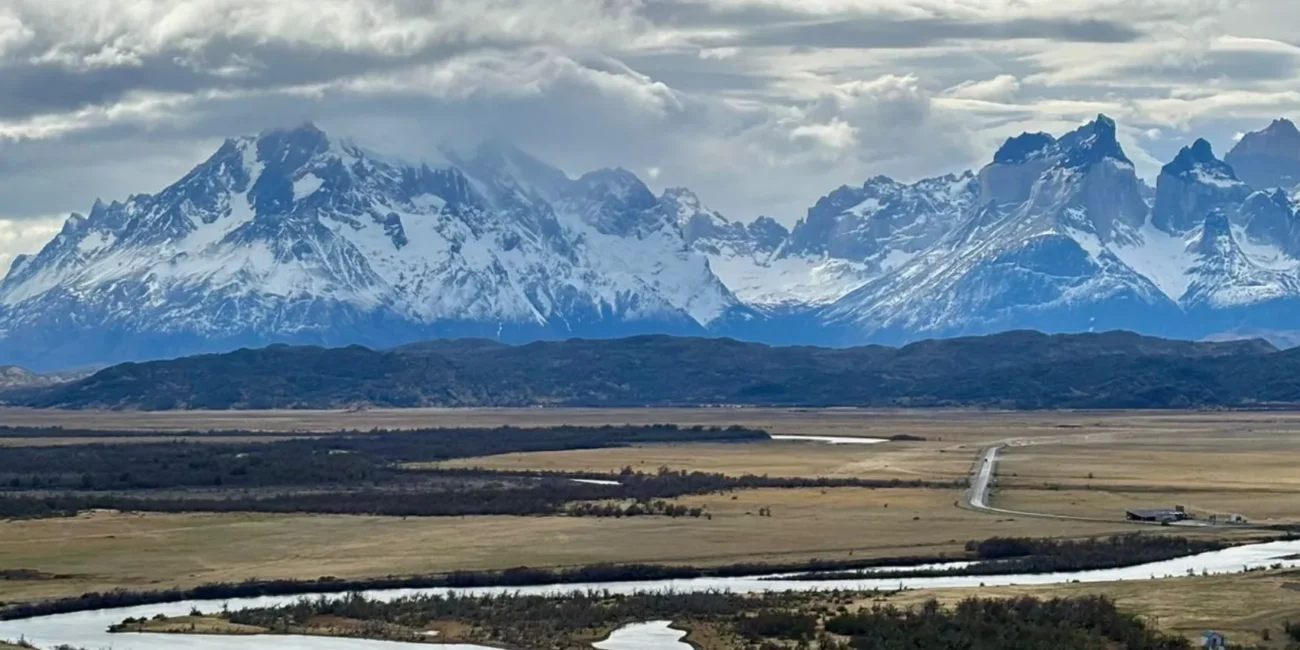Australia’s wild heart beats across deserts, reefs and rivers. Rainforests hum, kelp forests sway in cold southern currents and mangroves root deep into tidal mud.
But it’s under growing stress. This incredibly biodiverse continent, which shelters species found nowhere else, is threatened by fire, heat, invasive species and habitat loss. Many say we are pushing it to the edge.
However, conservationists haven’t given up the fight. Indigenous rangers care for the land using ancient knowledge. Scientists rebuild reefs and protect rare species. Communities are coming together to protect the coastal wetlands and outback sanctuaries that define Australia.
What’s at Risk
A Continent of Rare Species
Australia’s ecosystems are home to an extraordinary variety of life, shaped by prolonged isolation and extreme environments. From the Great Barrier Reef to the Red Centre, each habitat supports a web of unique species.
However, these habitats are under increasing pressure. In 2023, Australia added 144 species to its list of threatened species. The decline affects birds, mammals, frogs, marine life and plants.
Fire, Heat and Water Stress
Australia’s 2019–2020 bushfires burned over 21 million hectares of land. They destroyed homes and habitats, and many species haven’t returned. But the fire is only part of the story.
Rising heat has altered the way ecosystems function. Prolonged high temperatures dry out soil and vegetation, make droughts longer and reduce animals’ ability to survive or reproduce. In forests, even unburned areas feel the stress as heat weakens tree health and reduces food for wildlife.
At sea, warm waters have bleached the Great Barrier Reef five times in less than ten years. Along the south coast, kelp forests have collapsed. Sea urchins, now uncontrolled, graze what little survives. Warmer, nutrient-poor currents deepen the damage.
Invasive Species
Feral cats and foxes hunt through the night in Australia, killing millions of native animals. Since colonisation, invasive predators have nearly wiped out over 100 species. This includes the iconic Tasmanian tiger and numerous small to medium-sized marsupials.
These stealthy predators have a high reproductive capacity, but local communities control their expanding distribution through methods such as baiting, trapping and fencing. For large-scale management, however, conservationists champion more integrated approaches that combine invasive species control with habitat restoration and Indigenous land management.
We must intercept the decline of threatened species in Australia by rebuilding resilient ecosystems. Otherwise, these losses will be difficult or impossible to reverse.
Indigenous Land Care
Indigenous people have cared for Australia’s land for tens of thousands of years. Today, they look after more than 40% of its landmass, often in the most ecologically intact regions.
Hundreds of Indigenous ranger groups lead work across these areas. They track animals, manage fire, control invasive species and monitor habitats. Their work is central to national conservation.
Fire for Restoration
For generations, Indigenous firekeepers have used controlled, carefully timed burning as a tool to renew land. Unlike the large-scale wildfires associated with climate change, this respected method supports biodiversity and enhances ecosystem health. In fact, it helps prevent extreme wildfires.
Indigenous ranger groups across northern Australia combine these traditional methods with modern science to monitor outcomes and adapt practices. This model for sustainable land management has contributed to the recovery of species like the Gouldian finch and northern bettong.
Kaurna-Led Wetland Restoration
In South Australia, the Kaurna people work with The Nature Conservancy to restore blue carbon ecosystems, including mangroves, saltmarshes and seagrasses. These tidal wetlands store carbon and support fish, birds and seagrass.
Not only is this work ecological, but it is tied to cultural care. It renews sites that are culturally significant, and it opens pathways for Indigenous communities and local farmers to create new revenue streams.
Science-Led Habitat Recovery
Australian conservation groups and scientists are restoring degraded ecosystems, protecting threatened species and strengthening nature’s ability to adapt to a changing climate.
Rebuilding Reefs and Wetlands
Shellfish reefs, which filter water, support marine life and buffer coastlines against storms, have almost vanished due to overharvesting, habitat destruction, pollution and disease. The Nature Conservancy is reversing this decline in South Australia, demonstrating that large-scale restoration is feasible and effective.
Teams in Queensland and South Australia are also restoring tidal wetlands, including seagrasses, salt marshes and mangroves. These habitats serve as natural climate solutions, storing carbon, supporting fish nurseries and protecting coastal biodiversity.
Glider Recovery
Bush Heritage Australia protects thousands of hectares of land in Queensland that is a habitat for the Northern Greater Glider. This tree-dwelling marsupial was once common across eastern Australia, but logging, bushfires and rising temperatures have damaged the old-growth trees it needs to survive.
The team restores native vegetation, manages invasive species and monitors glider populations. Nest boxes offer them shelter while forests recover, and advocates push for stronger laws to halt logging in key areas. Slowly but surely, one of Australia’s most vulnerable marsupials is starting to recover.
Science With Local Roots
The Australian Wildlife Conservancy manages reserves across the nation, combining scientific rigour with on-ground action. From controlling feral predators to restoring fire regimes and safeguarding breeding habitats, they help species like the golden-backed tree rat and black-footed rock wallaby survive and thrive.
Partnerships with Indigenous rangers add depth and relevance to this work. By drawing on deep cultural knowledge and local insight, they improve conservation outcomes and build stronger communities.
Travelling With Purpose
Understanding Australia’s natural world is crucial to saving it. Purpose-led travellers can start by learning about Indigenous knowledge that has sustained the land and its species for thousands of years.
Kuku Yalanji elders lead Dreamtime walks that trace storylines through edible plants and healing trees. Yura guides reveal ancient engravings etched into rock. And the Mandingalbay Yidinji people lead experiences near the Great Barrier Reef, demonstrating how conservation begins with connection.
We don’t know what’s in store for Australian conservation, but every patrol, restored reef and respectful journey adds to its survival. To travel with purpose is to help carry that story forward one step at a time.
Interested in Supporting Australia’s Conservation Efforts?
Journeys With Purpose offers private, conservation-focused adventures to Australia, with tailor-made itineraries built around your passions. We also plan hosted journeys – get in touch with our expert travel specialists today on +44 20 8044 9538 or at connect@journeyswithpurpose.org.
DIG A LITTLE DEEPER
Contribute to Positive Impact on a Hosted Journey.
Connect with Impact Partners around the world during a Private Experience.
View our 2024 Hosted Journey to The Great Karoo.
